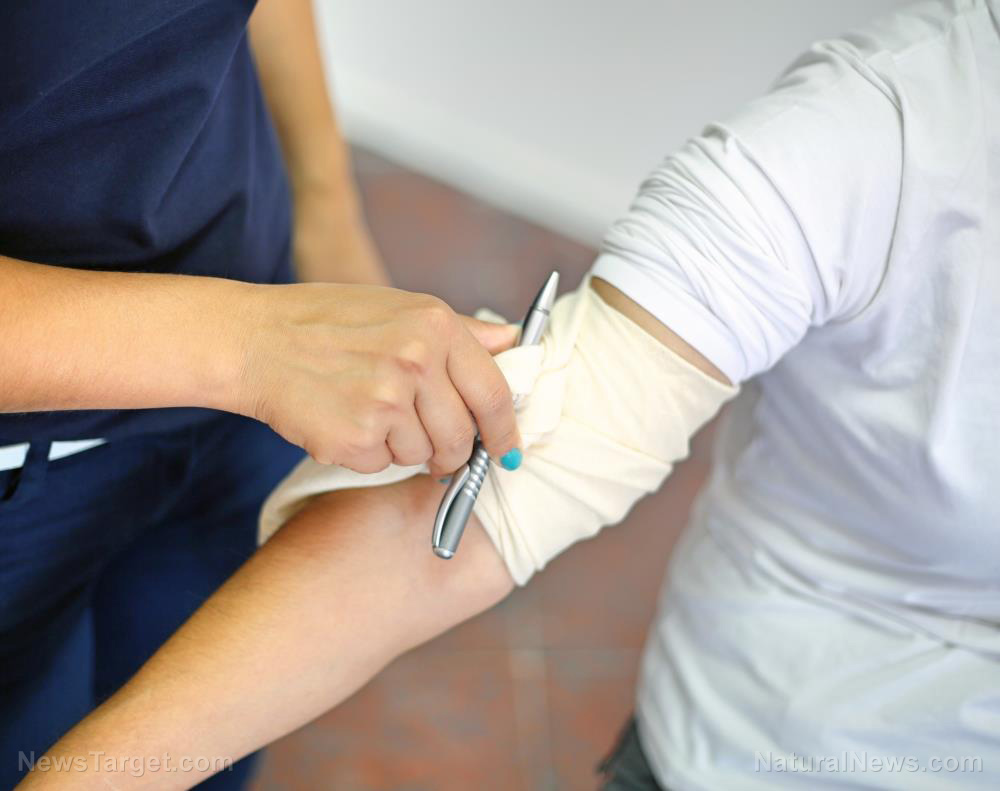
The study, which was led by Professor Sabina Hunziker from the University of Basel – and yes, she’s a woman – set out to examine the differences between the way men and women react in a simulated cardiac arrest scenario, particularly in terms of the leadership skills they demonstrate while executing the procedure. This is important, because previous studies have found that effective leadership and communication during the administration of CPR greatly affect the patient’s chances of survival. For this reason, these skills are taught to all medical students.
To conduct their research, the scientists divided 108 female and 108 male medical students into groups of three, with some teams comprised only of one gender, while other teams were mixed.
The groups were assessed in two critical areas:
- How much hands-on time they demonstrated – this refers to the amount of uninterrupted CPR given during the first and most vital three minutes after the patient suffers cardiac arrest; and
- How often the person performing the CPR gave strong, clear leadership instructions, thereby taking control of the situation and letting others know how they were needed.
The surprising results revealed clear differences between the quality of care provided by men and women.
“We found important gender differences, with female rescuers showing inferior CPR performance,” said Professor Hunziker. “Compared with male-only teams, female-only teams showed significantly less hands-on time and significantly more delays in starting chest compressions.”
Her conclusion? “A cardiac arrest situation should therefore favour males as primary leaders.” The team also noted that their findings showed that additional CPR training should be offered to young female health practitioners.
Whether you agree with the study or not, it once again highlights that a cardiac arrest situation is truly dangerous. The American Heart Association’s alarming statistics indicate that in 2016, of the 350,000 out of hospital cardiac arrests recorded, 46.1 percent received CPR from a bystander, and only 12 percent of patients survived. Of the 209,000 patients who suffered a cardiac arrest while in hospital, a measly 24.8 percent survived.
The truth is, whether a man or woman performs your CPR, your chance of survival is really not that great. In fact, a study performed by the University of Washington-Seattle, published in the New England Journal of Medicine, found that the in-hospital cardiac arrest survival rate had remained virtually unchanged for a decade.
So, instead of worrying about whether a man or woman should perform your CPR, it seems far more logical to focus on not experiencing cardiac arrest in the first place.
While there are several things that can trigger cardiac arrest, one of the primary culprits is heart disease. Heart disease kills one American every 40 seconds, and is the leading cause of death worldwide. While there are genetic risk factors for heart disease, many of the risks can be mitigated by simple lifestyle changes:
- Quit smoking right away;
- Increase your intake of non-GMO, organic fruits and vegetables and other whole, unprocessed foods;
- Get daily exercise;
- Get your stress levels under control by practicing mindfulness or another relaxation technique;
- Maintain a healthy weight so that you can prevent diabetes or blood pressure issues.
Follow those simple steps, and you likely won’t have to worry about getting CPR from anyone – male or female!
Sources:
Please contact us for more information.























